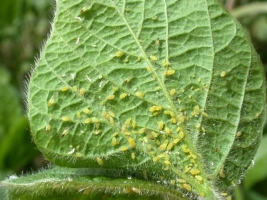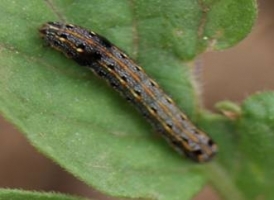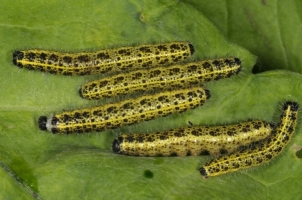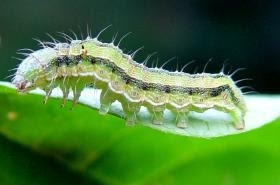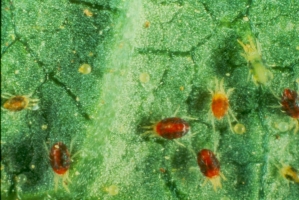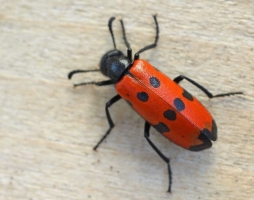TPU-4: Suitable for cultivation in Central part of Rajasthan. Released by BARC/MAU in 1992. The plant is erect, medium tall height and bold seeds which are dull black in color. It gives an average yield of 3 qtl/acre. The variety gets mature in 75 days.
WBU-108: Released by BCKV in 1996. It is a kharif season crop. It gives an average yield of 5 qtl/acre. The variety gets mature in 85 days. The variety is resistant to YMV (Yellow Mosaic Virus).
Barkha (RBU 38): Released by RAU, Banswara in 1999. It has bold seeds and the variety is resistant to Cercospora leaf spot. It gives an average yield of 5 qtl/acre. The variety gets mature in 75 days.
IPU 94-1: Released by IIPR in 1999. The variety is resistant to YMV and it is a kharif season crop. It gives an average yield of 4.5-5 qtl/acre. The variety gets mature in 85 days.
Shekhar 2 (KU 300): Released by CSAUAT in 2001. It gives an average yield of 4.5-5 qtl/acre. The variety gets mature in 70 days.
Pant Urd 31: It is a short duration variety which is released in 2008. It gives an average yield of 6 qtl/acre. The variety gets mature in 75-80 days.
Pant Urd 40: It is a short duration variety which is released in 2008. It gives an average yield of 5-6 qtl/acre. The variety gets mature in 70-75 days.
Vishwas (NUL-7): Released in 2012. It gives an average yield of 4 qtl/acre. The variety gets mature in 69-73 days.
Other state varieties:
AL-15: It is a short duration variety, matures in 135 days. Pods are borne in clusters. It gives average yield of 5.5 qtl/acre.
AL 201: It is early maturity variety. It matures in about 140 days. Main stem is stronger than side branches. Each pod contains 3-5 yellowish brown and medium size seeds. It gives average yield of 6.2 qtl/acre.
PAU 881: It is early maturing variety. It matures in 132 days. Plants are 2m tall. Each pod contains about 3-5 yellow brown and medium size seeds. It gives average yield of 5.6 qtl/acre.
PPH 4: First arhar hybrid in Punjab. It matures in 145 days. Plants are tall and about 2.5 to 3meter tall. Each pod contains 5 yellowish brown seeds of medium size. It gives average yield of 7.2-8 qtl/acre.
UPAS-120: It is extra early maturing (120-125 days) variety. These are medium tall and semi spreading varieties. Seeds are small and light brown color. The average yield is 6-7 quintals per acre. It is susceptible to sterility mosaic disease.
ICPL 151 (Jagriti): Ready to harvest in 120-130 days. It gives average yield of 4 to 5 qtl/acre.
PusaAgeti: Dwarf bold seeded variety, ready to harvest in 150 to 160 days. It gives average yield of 5 qtl/acre.
Pusa 84: Medium tall, semi spreading variety, ready to harvest in 140 to 150 days.
IPA 203 and IPH 09-5 (Hybrid)

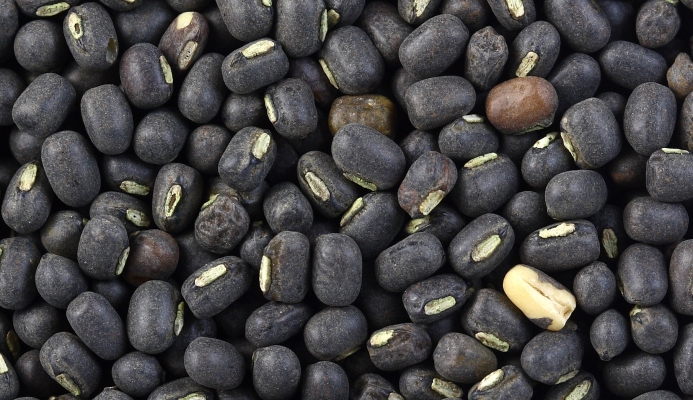








.png)
.png)
